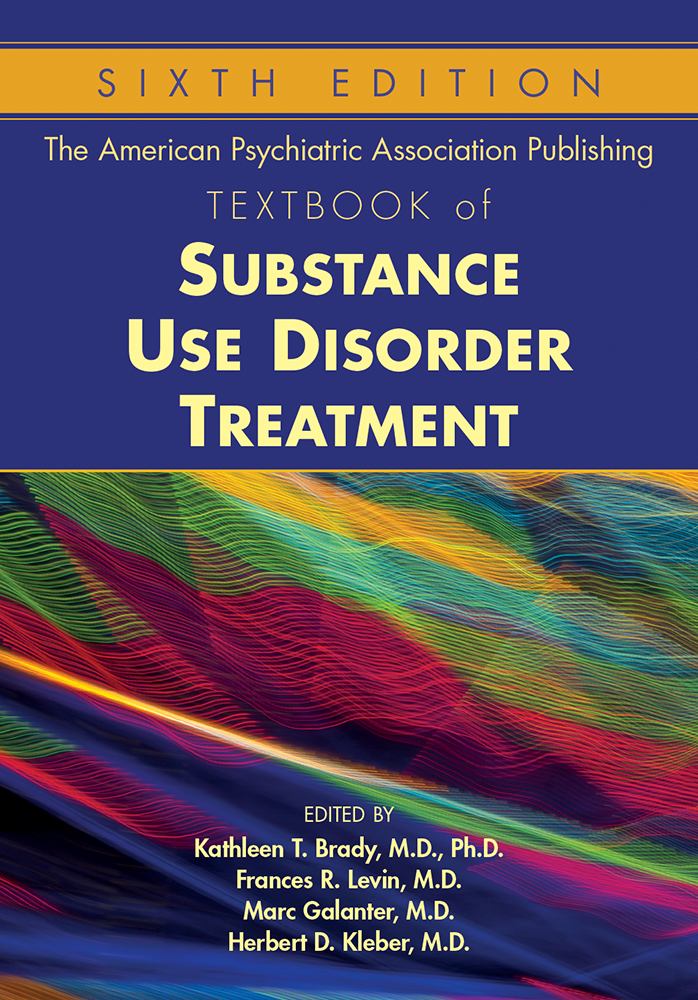Sections
Excerpt
The category of “stimulant” drugs encompasses the amphetamine-type stimulants as well as the various forms of cocaine-derived products (e.g., powder cocaine, crack). Amphetamine-type stimulants include methamphetamine as well as prescription medications primarily used for the treatment of attention-deficit/hyperactivity disorder (ADHD), such as amphetamine, methylphenidate, and dextroamphetamine. In the Middle East, fenethylline, a stimulant sold in tablet form (Captagon), is widely used and is the leading reason for treatment admissions in Saudi Arabia and other countries in the region. Khat, a naturally occurring herb with stimulant properties, also poses a significant public health problem in Yemen and East Africa. In the United States, the most commonly used amphetamine-type stimulant is methamphetamine (“crystal,” “crank,” “speed”) or “ice,” its smokable form. Methamphetamine is mass-produced and trafficked by Mexican cartels and can also be domestically produced in smaller quantities; such production typically occurs in home-based “mom and pop” labs most often located throughout the western and midwestern United States. Cocaine (and “crack,” its smokable freebase form) is a derivative of the coca plant and is imported into the United States from Central and South America.
Access content
To read the fulltext, please use one of the options below to sign in or purchase access.- Personal login
- Institutional Login
- Sign in via OpenAthens
- Register for access
-
Please login/register if you wish to pair your device and check access availability.
Not a subscriber?
PsychiatryOnline subscription options offer access to the DSM-5 library, books, journals, CME, and patient resources. This all-in-one virtual library provides psychiatrists and mental health professionals with key resources for diagnosis, treatment, research, and professional development.
Need more help? PsychiatryOnline Customer Service may be reached by emailing [email protected] or by calling 800-368-5777 (in the U.S.) or 703-907-7322 (outside the U.S.).



